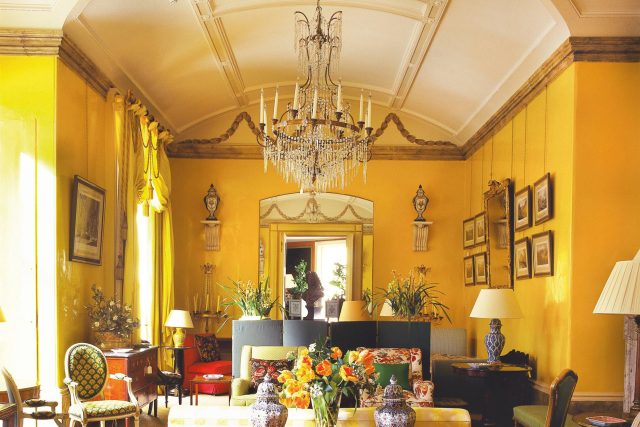Introduction
Venice, Italy is a truly unique and captivating city. It is known for its beautiful canals, breathtaking architecture, and rich history. However, what many visitors may not realize is that Venice is also renowned for its stunning lighting displays. The interplay of light and shadow in the city creates a magical ambiance and provides a truly unforgettable experience for visitors. In this article, we will explore the history and significance of Venetian illumination and the various ways it contributes to the city’s charm.
The History of Venetian Illumination
The tradition of Venetian illumination dates back to the 16th century. During the annual Carnival celebration, the city’s streets and squares would be adorned with brightly colored, candle-lit illuminations. Over time, this tradition evolved to include more elaborate light displays for public and private events, such as weddings and religious ceremonies.
The advent of electric lighting in the 19th century revolutionized Venetian illumination. The city’s designers and craftsmen were able to create more intricate and dazzling displays. Today, Venetian illumination is a true art form, carefully crafted to complement the city’s unique architecture and provide a sense of romance and wonder.
The Importance of Venetian Illumination
Venetian illumination plays an important role in the life of the city. It provides a sense of wonder and creates a romantic atmosphere that is perfect for strolling along the canals or enjoying a night out. The lighting is carefully designed to celebrate the city’s architecture and natural beauty, highlighting important landmarks and creating a sense of cohesion and harmony.
Beyond its aesthetic benefits, Venetian illumination has also helped to revive the city’s economy. Visitors from around the world are drawn to Venice’s stunning lighting displays, contributing to the city’s tourism industry and supporting local businesses.
Types of Venetian Illumination
Venetian illumination comes in many forms, each with its own unique style and purpose. Here are a few of the most common types of Venetian lighting:
Street Illumination
Street illumination is the most basic form of Venetian lighting, but it still creates a magical atmosphere. Simple strings of lights are often draped across alleys and squares, creating a sense of warmth and community.
Monument and Building Illumination
Venetian illumination is often used to highlight important landmarks and buildings. Carefully placed lights can highlight the intricate detailing of a church or create a dramatic effect on a palace or museum. Monument and building illumination is often used for special events, such as the annual Venice Biennale art exhibition.
Special Event Illumination
Venetian illumination also plays an important role in the city’s special events. During Carnival, for example, colorful and elaborate illuminations are placed throughout the city, transforming it into a magical wonderland.



Hottest Posts
Floor lamp / Lighting
Introducing the New Chinese Rattan Floor Lamp: A Stylish Addition to Your Home
Table lamp / Lighting
Timeless Elegance: Vintage Brass Gear Table Lamp
Pendant light / Lighting
Japanese Log Grid Ceiling Lamp: A Unique Lighting Option
Lighting / Pendant light
Bohemian-Inspired Chandeliers: Adding Colorful Flair to Your Space
Pendant light / Lighting
Enhancing Spaces with Modern LED Line Lights
Lighting / Table lamp
Vintage Charm: Retro Table Lamp in American Style